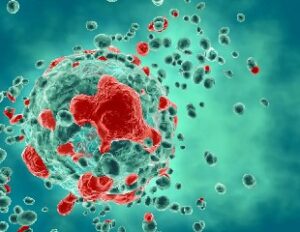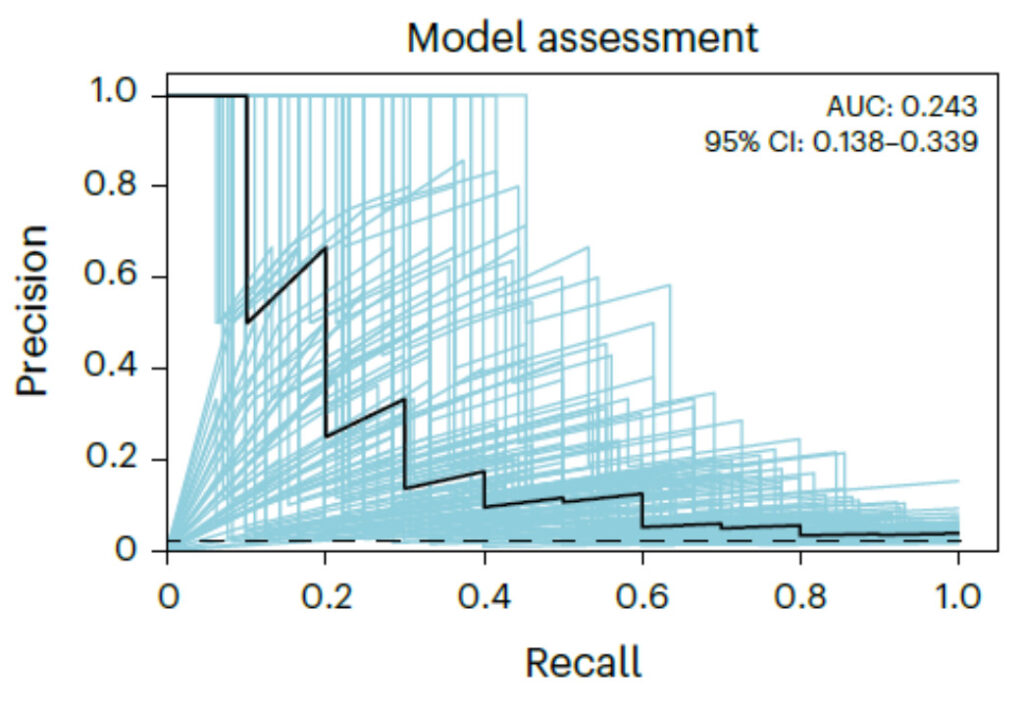Slowing Down the Human Aging Clock, MIT Uses the Chemprop Model to Discover Cellular anti-aging Compounds That Are Both Effective and Safe

Contents at a Glance:From glamorous stars to ordinary people in plain clothes, everyone will inevitably grow old, experience changes in appearance and deterioration of body functions. Because of this, people are also trying to find a secret recipe to delay aging. However, existing anti-aging drugs are always accompanied by some side effects. Recently, with the help of deep learning, a research result published in Nature Aging screened out highly effective and safe anti-aging drugs, which may bring us one step closer to "immortality".
Keywords:Computational Models Machine Learning Aging
Author: Setsuna
Editor|Sanyang
This article was first published on HyperAI WeChat public platform~
Jonathan Swift once said:Everyone wants to live longer, but no one likes to grow old.". However, a study in Nature Medicine showed that at the age of 34, 60 and 78, the gene expression of aging-related diseases in the human body will increase, leading to "cliff-like aging". This means thatThe human body may age earlier and faster than we think.How to stay young forever has once again become a hot topic.
In recent years, experiments have shown that anti-aging drugsEliminating senescent cells (Snc) in the body can improve the pathological physiological consequences caused by cell senescence,Even extended the lifespan of mice.These drugs have a series of side effects,This includes slowing down wound healing and causing fibrosis of cells around the lungs and blood vessels, and it is difficult to achieve both efficacy and safety.
To this end, Felix Wong et al. from the Massachusetts Institute of Technology (MIT)Through deep learning and graph neural networks, we screened out safe and effective anti-aging ingredients from hundreds of thousands of compounds.Its efficacy and safety were verified in mice. Its research results were published in Nature Aging in May 2023 with the title "Discovering small-molecule senolytics with deep neural networks".

The research results have been published in the journal Nature Aging
Paper address:
https://www.nature.com/articles/s43587-023-00415-z
Experiment Overview
The researchers first screened out drugs with anti-aging effects from some existing drugs as training data for deep learning, and proposed indicators to measure their efficacy and safety.Based on the Chemprop model (a message propagation graph neural network model), they screened out highly effective and safe anti-aging drugs.After further screening, three compounds were obtained, and their anti-aging properties and biosafety were compared and verified with traditional anti-aging drugs.
Dataset
The dataset for this study consists of two parts: 5,819 drugs collected by the Broad Institute Drug Repurposing Center and 799,140 compounds collected by the Broad Institute.
Experimental procedures
This experiment mainly includes 3 steps:
1. Screen out drugs with anti-aging effects from the 2,352 drugs approved by the US FDA and undergoing clinical trials as the training set for the model;
2. Screening anti-aging drugs through Chemprop model;
3. The three representative compounds screened out were compared with the traditional anti-aging drug ABT-737 to verify their anti-aging properties and biosafety.
Screening process
Anti-aging drugs need to meet the following three indicators:
1. The relative activity of normal cells after drug treatment is > 0.7
2. The relative activity of senescent cells is less than 0.5
3. The activity ratio of senescent cells to normal cells is less than 0.7
Based on these three criteria, the researchers first screened 45 drugs with anti-aging properties from drugs approved by the FDA and undergoing clinical trials as the training set for the Chemprop model.
The Chemprop model exhibits extremely high drug selectivity.The area under the precision-recall curve (PR curve) (AUC) is 0.24, which is significantly higher than the random model (0.019) and also higher than the random forest model (0.15).

Figure 1: PR curve in Chemprop model training
The blue line is the result of the Chemprop model, and the black line is the result of manual screening.
95% Confidence interval: 0.138-0.339
Given the excellent performance of the Chemprop model, researchers used Chemprop to screen the compounds in the data set. Among the drugs included in the Drug Repurposing Center of the Broad Institute,There are 284 predictions with values above 0.1. Among the compounds included in the Broad Institute,There are 2,537 compounds with predicted values (PS) higher than 0.4, and 3,838 drugs with very low predicted values.It is a drug without anti-aging properties.

Figure 2: Chemprop's anti-aging compound screening results
Green: drugs from the Broad Drug Repurposing Center that may have anti-aging properties (PS>0.1);
Black: Compounds included in the Broad Institute that may have anti-aging properties (PS>0.4);
Yellow: Compounds that have been later verified to have anti-aging properties;
Purple: compounds predicted to have no anti-aging properties;
Red: compounds with anti-aging properties in the training data;
Blue: compounds with no anti-aging properties in the training data.
Based on the chemical structure and pharmacokinetic properties, the research team further screened these compounds.First, pan-screening interfering compounds (PAINS) and chemicals that are not conducive to pharmacokinetic properties were removed. Then, they selected 216 compounds with a Tanimoto similarity of less than 0.5 and structurally distinguished them from known anti-aging drugs. At the same time, they also selected 50 drugs without anti-aging properties as negative controls. Finally, the researchers verified the anti-aging properties of these 266 compounds through chemical means.
Of the 216 compounds with the highest scores, 25 showed anti-aging properties in experiments. The positive prediction rate of the Chemprop model is 11.6%, which is higher than the 1.9% of manual screening.However, none of the 50 negative control compounds had anti-aging properties, indicating that the Chemprop model performed well in negative prediction.

Figure 3: Chemprop’s prediction accuracy
Comparative Verification
After obtaining the target compound, the researchers compared it with existing anti-aging drugs. First, they constructed a senescent cell model using human lung fibroblasts (IMR-90) treated with etoposide.The cells were then treated with the screened BRD-K20733377, BRD-K56819078 and BRD-K44839765, respectively, and compared with the traditional ABT-737 drug.
In the results we can see thatThe compounds screened by the graph neural network have a good clearing effect on senescent cells, without affecting the growth of normal cells, and have strong selectivity.On the contrary, while ABT-737 clears senescent cells, it also kills some normal cells, resulting in stronger side effects.

Figure 4: Comparison of the efficacy of the screened compounds and traditional drugs
Gray: normal cells in the control group;
Blue: Senescent cells obtained after etoposide treatment.
Subsequently, the researchers conducted replicative senescence experiments using early and late passage IMR-90 cells and obtained similar results. Furthermore, they conducted hemolysis experiments to test the biological toxicity of these drugs. The results showed thatEven when the drug dose reached 10 times the normal dose (100 μM), hemoglobin released due to red blood cell death was almost undetectable in the blood, proving its biological safety.

Figure 5: Hemolysis test of the screened compounds and traditional drugs
Triton X-100 was used as a control group
Based on the above results, the researchers conducted an in vivo experiment on C57BL/6J mice using BRD-K56819078, which has the strongest cell selectivity. Fourteen days after drug injection, kidney cells were taken from the mice.The content of senescence-related β-galactosidase (SA-β-gal) and the expression of related mRNA were observed.

Figure 6: Senescence indicators of mouse kidney cells
Gray is the control group and red is the experimental group
a: SA-β-gal content;
b: Expression of aging-related mRNA
The results showed that the content and mRNA expression of SA-β-gal were downregulated, indicating that BRD-K56819078 effectively eliminated senescent cells in mice.After layers of screening, the Chemprop model finally obtained an efficient and safe anti-aging drug.
Chemprop model: a good helper in drug development
The Chemprop model is a deep learning model based on graph neural network (GNN). It has 5 layers and 1,600 hidden dimensions, which is more complex than ordinary GNN models.
Each atom and bond has an eigenvector generated in Chemprop based on the following characteristics:
1. Atomic characteristics such as number of atoms, number of bonds per atom, formal charge, chirality, number of bonds to hydrogen atoms, hybridization, aromaticity and atomic mass;
2. Chemical bond characteristics such as bond type (single bond, double bond, triple bond or aromatic ring, etc.), conjugation, whether it forms a ring and three-dimensional characteristics.

Figure 7: The main framework of Chemprop
The Chemprop model uses a message propagation convolutional neural network to analyze the characteristics of chemical compounds.The message of a chemical bond is obtained by summing the messages of adjacent bonds, comparing it to the total bond sum, and finally processing it using a single neural network layer with a nonlinear activation function. After a fixed number of message passes, the message of the entire molecule is accumulated to obtain a message value representing the molecule. After inputting this value into a feedforward neural network, the Chemprop model will output a predicted value related to the activity of the compound.
Currently, the Chemprop model has been widely used to predict the drug activity of compounds and to screen and develop new drugs.
In 2020, MIT used Chemprop to screen out 8 antibacterial drugs with different structures from existing antibiotics from more than 107 million molecules, and found the drug molecule Halicin that exhibited broad-spectrum antibacterial activity in mice. In 2022, a research team from Capital Medical University used Chemprop to screen out a possible cathepsin L inhibitor, providing a new target for killing the new coronavirus.
Reference Links:
[1]https://doi.org/10.26434/chemrxiv-2023-3zcfl
[2]https://www.cell.com/cell/fulltext/S0092-8674(20)30102-1
[3]https://www.ncbi.nlm.nih.gov/pmc/articles/PMC9110316/
This article was first published on HyperAI WeChat public platform~